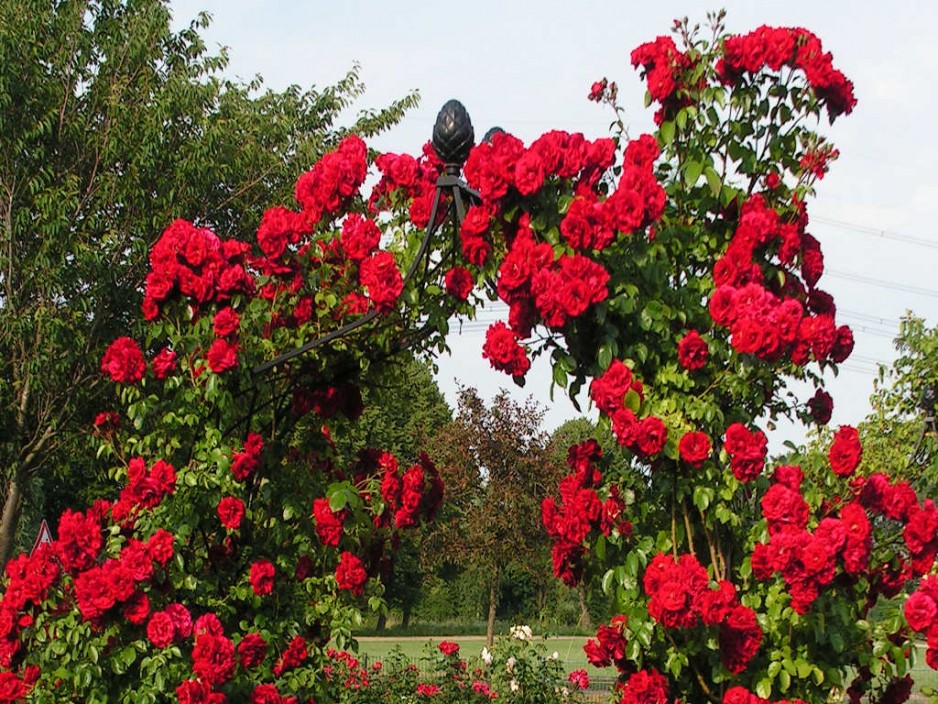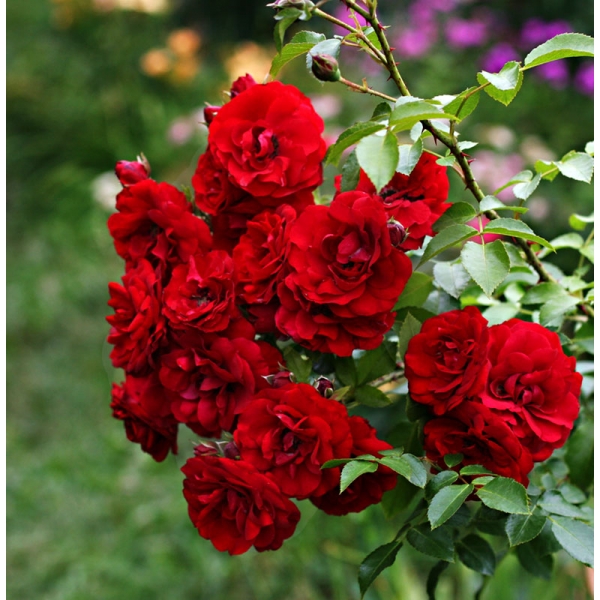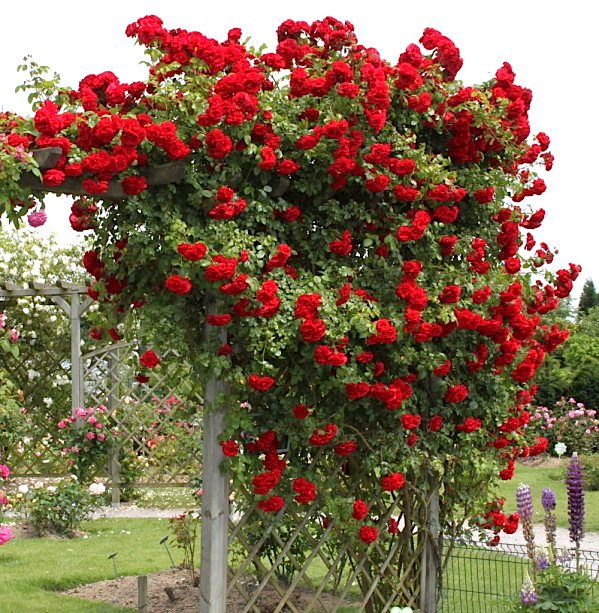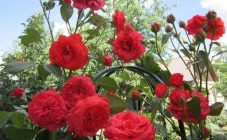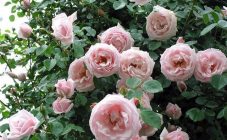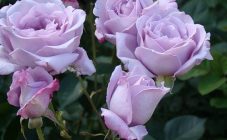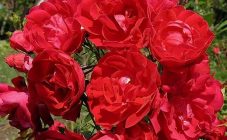Content:
Climbing roses are very popular in landscape design. These are perennial flowers that do not lose their decorative effect throughout the season. Rosa Amadeus is one of the best of its kind. This variety has repeatedly participated in various exhibitions and received well-deserved awards.
The history of the creation of the variety
Climbing rose Amadeus was bred in 2003 in Germany in the nursery "Kordes and Sons". At registration, the variety was named KORlabriax. Under it, it was listed until 2007, when at an exhibition in Canada it was not presented as an Amadeus rose. This name stuck to the flower, gradually becoming commercial.
Characteristics of the variety
The climbing rose variety Amadeus is often used in vertical landscaping. This flower collects extremely positive reviews among gardeners due to its excellent characteristics.
The rose forms a rather powerful bush, reaching 3 m in height. This is considered to be the average for this species. The peculiarity of this variety is that due to such a length of the stems, Amadeus can not be tied to a support, it will hold itself.
This variety is terry, the number of petals reaches 20-25 pieces. Each inflorescence has 6-7 flowers. Amadeus has a specific aroma with fruity notes.
The variety is remontant, it blooms twice a season. Each wave lasts 1.5 months, but single flowers bloom between them. That is, Amadeus will not lose its decorative effect from early summer to autumn. The plant is suitable for growing on a trunk.
As stated in the description of the variety, the plant is able to withstand frosts down to -30 ° C. But before winter, long shoots should be cut off, leaving about 6 buds on each, and then bent to the ground and covered.
Agrotechnics
Rose Amadeus is planted in a lighted place where there is no stagnation of air. Landing in partial shade is allowed. The soil is loamy, loose, well-permeable to air and moisture. Heavy clay soil is diluted with lime.
The optimum temperature for the development of the Amadeus rose is + 23-25 ° С. Watering is done once a week with warm water. During the flowering period, it is increased up to two times. It is not required to fertilize the plant in the first 2 years after planting, because the initially introduced nutrients are enough for it.
You can propagate the Amadeus rose by cuttings and layering.
Further, the rose is fertilized in the spring with organic matter, and in the fall with superphosphate, potassium chloride and wood ash.
Sometimes the Amadeus rose may not bloom, there are several reasons for this:
- bad light;
- few nutrients in the soil;
- the plant is sick or attacked by insects;
- the rose bush has not been cut and transplanted for a long time.
If you take care of the plant, water and feed it on time, carry out preventive treatment for diseases, it will delight you with many bright colors every year.
Advantages and disadvantages of the variety
Rose Amadeus is not for nothing that flower growers love so much, it has a number of advantages that distinguish it from other varieties:
- Blooms throughout the season - from early June to autumn.
- The color of the petals does not change under the influence of rain and sun.
- It tolerates partial shade well.
- The plant, planted in spring, blooms in the same season.
- The color of the flowers changes - only the blossoming buds of a scarlet hue, later crimson and at the end of purple.
- The plant has strong immunity to black spot and powdery mildew.
The disadvantages include a large number of thorns on a rose bush.
The unpretentious and very spectacular rose Amadeus will be an excellent decoration of the site. And since it can grow not only at the support, this will allow you to create various compositions with it in the garden.
